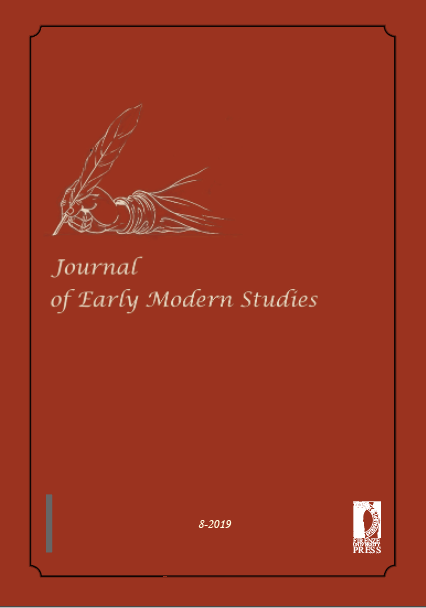An Eighteenth-Century <em>mise en scène</em> and the Play of Refractions: Essayists, Critics, Spectators, and an Actor Negotiate Meanings
Published 2019-03-14
How to Cite
Abstract
The article aims to reconstruct the eighteenth-century discussion about knowledge and its connection to a new kind of acting. Mise en scène, that is, the collective and negotiable creation of meaning in theatre, will be at the core of the following pages. I will examine the eighteenth-century essayists who redefined the body as a readable text and senses as useful tools for understanding others, participants in the process. Metatexts, engendered by both the dramaturgic text and its staging, will demonstrate how these essayists orientated acting and theatrical reception. Key-words around which the main concepts have been developed will be considered as markers of the pervasiveness of the discourse on passions and sensibility in many literary and performative genres. As a case-study, the article focuses on Macbeth, affirming that essays written on the art of acting and related topics concurred in creating meaningful refractions in Garrick’s performances, whose manifold instances were disseminated by reviewers. The process of knowledge examined in essays was literally acted out in the theatrical space and commented in letters shedding light on Shakespeare’s text and its previous adaptations. However, the article’s focus can only be retrospective and highly influenced by contemporary pivotal studies on these topics.


